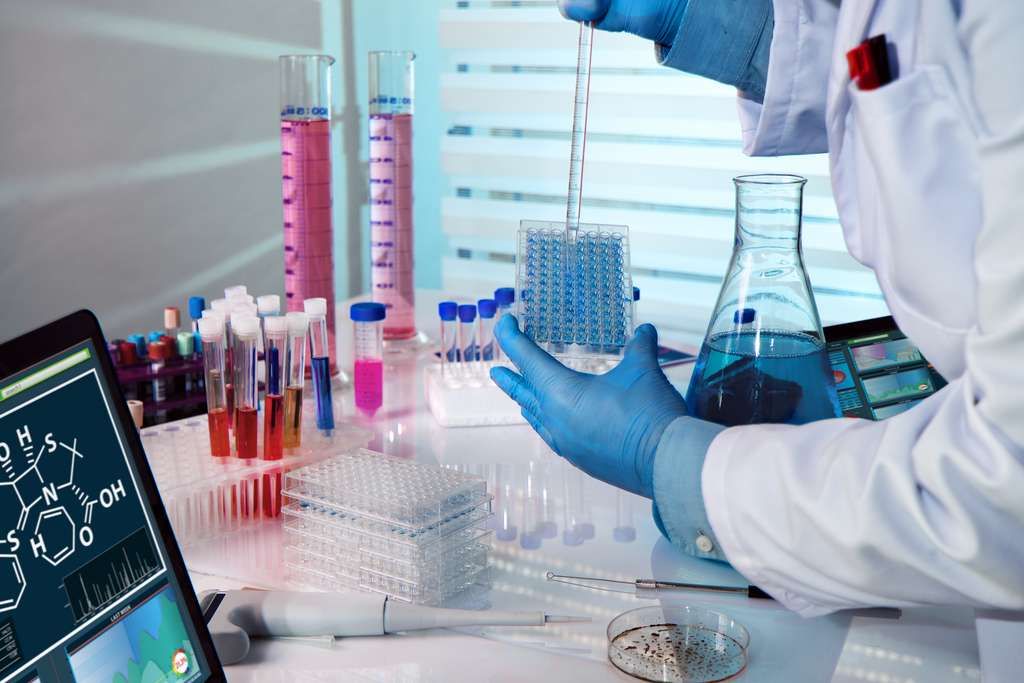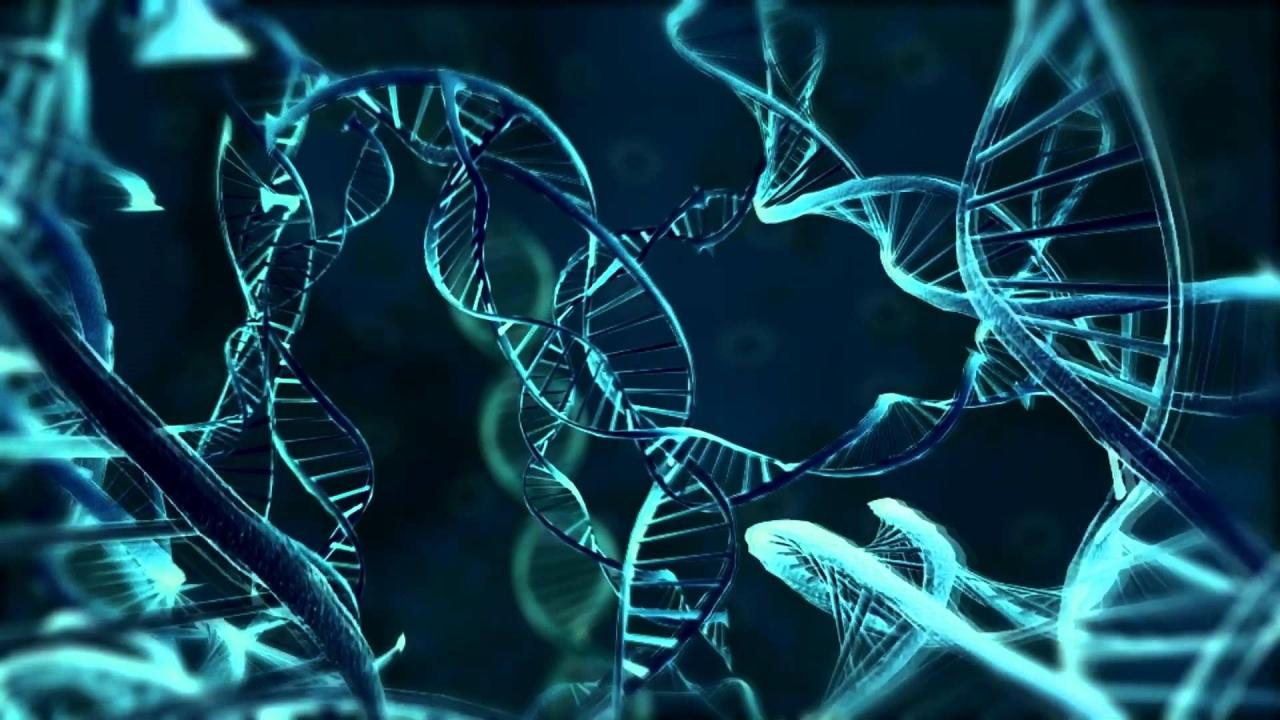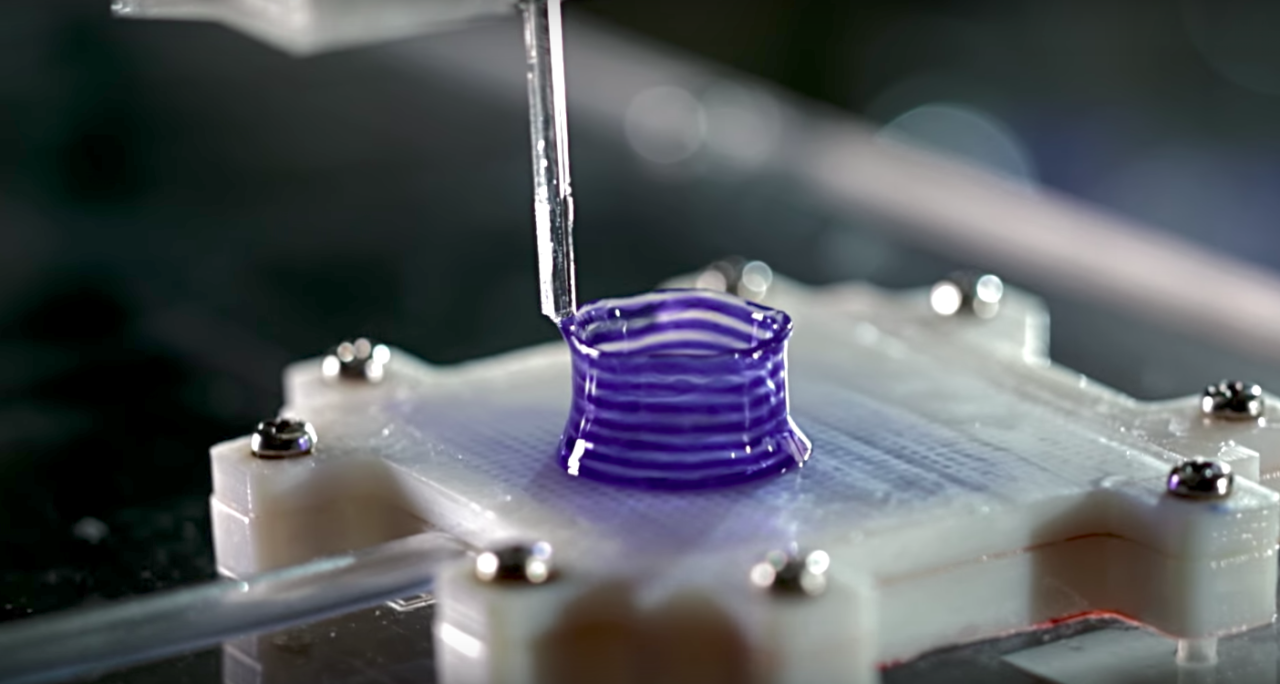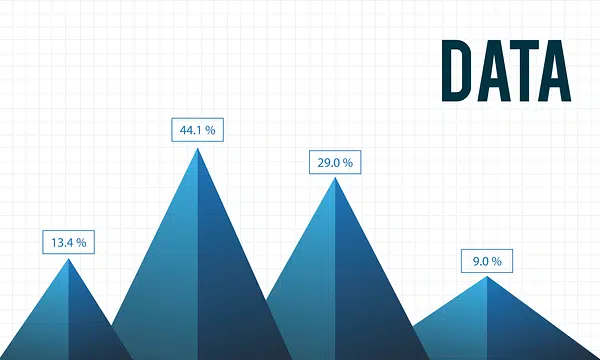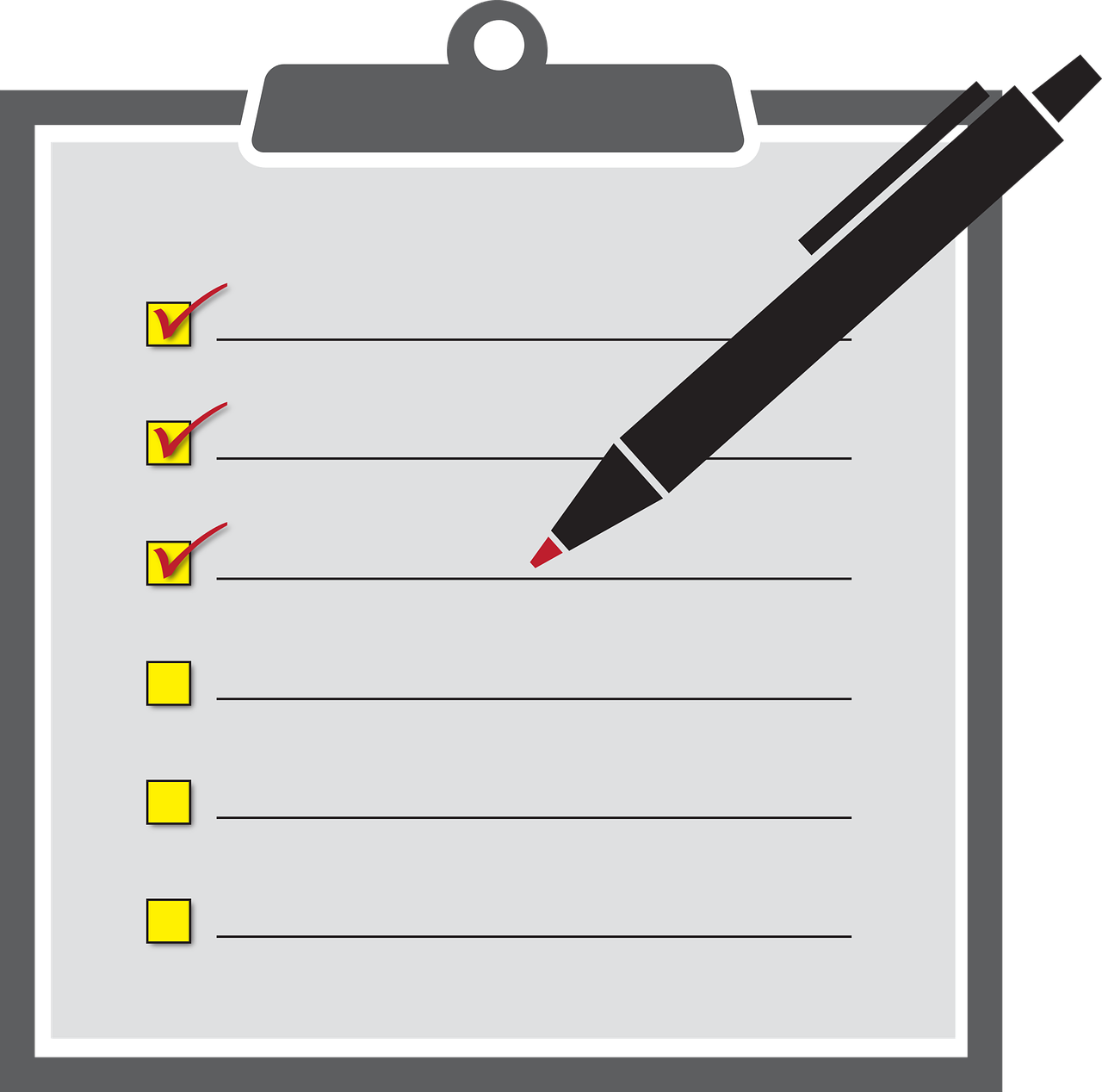The convergence of biology and engineering, catalyzed by exponential advancements in computing power, has given rise to a transformative field: bio-engineering. At its core, this discipline seeks to apply engineering principles to biological systems, from the molecular to the organismal level, for the purpose of creating new products, processes, and technologies. Central to this rapid evolution is bio-engineering software, a specialized class of computational tools that empowers scientists and engineers to design, model, simulate, and analyze complex biological systems with unprecedented precision and efficiency. These sophisticated digital instruments are not merely aids; they are the intellectual engines driving innovation in drug discovery, genetic engineering, synthetic biology, personalized medicine, and environmental solutions, truly empowering the life sciences to unlock the future of health and sustainability.
The Evolution of Biological Discovery: From Wet Lab to In Silico
To fully appreciate the pivotal role of bio-engineering software, it’s crucial to understand the historical trajectory of biological research and the limitations that computational tools are now effectively addressing. For centuries, biological discovery was almost exclusively confined to the ‘wet lab,’ relying on laborious, often unpredictable, and resource-intensive experimental methods.
A. The Dominance of Traditional Wet Lab Experimentation
Historically, biological research has been synonymous with hands-on laboratory work. This involved painstaking processes that were fundamental to our understanding but came with inherent challenges.
- Time-Consuming and Labor-Intensive: Conducting experiments, culturing cells, purifying proteins, or synthesizing DNA manually is incredibly time-intensive. Each iteration of an experiment, a fundamental part of the scientific method, could take days, weeks, or even months to yield results. This extended timeline significantly slowed down the pace of discovery and innovation.
- High Resource Consumption: Wet lab work requires a vast array of specialized reagents, expensive equipment (e.g., centrifuges, PCR machines, microscopes), and significant laboratory space. The cost per experiment can be substantial, limiting the scale and number of experiments that can be performed, especially for resource-constrained research groups.
- Limited Throughput and Scale: The manual nature of experiments often restricts the number of variables that can be tested simultaneously. High-throughput screening was a significant advancement, but even then, it faced physical and logistical bottlenecks compared to computational methods.
- Variability and Reproducibility Issues: Human error, subtle variations in technique, and environmental factors can introduce significant variability into experimental results. Ensuring reproducibility across different labs or even within the same lab over time can be a persistent challenge, sometimes leading to conflicting findings and slowed progress.
- Ethical and Safety Considerations: Experiments involving live organisms, hazardous chemicals, or infectious agents carry inherent ethical considerations and safety risks, requiring stringent protocols and specialized containment facilities. These factors often limit the scope or speed of certain types of research.
B. The Dawn of Computational Biology and Bioinformatics
The late 20th and early 21st centuries saw the emergence of computational biology and bioinformatics, driven by the explosion of genomic data. This marked the initial foray into ‘in silico’ (performed on a computer) research, complementing traditional wet lab work.
- Genomics Revolution: The Human Genome Project, completed in 2003, generated an unprecedented amount of biological data. This necessitated computational tools for data storage, retrieval, alignment, and analysis, giving birth to bioinformatics as a distinct field.
- Sequence Analysis Tools: Early bioinformatics tools focused on analyzing DNA and protein sequences, identifying genes, predicting protein structures, and understanding evolutionary relationships. These tools, while powerful, were often specialized for specific tasks.
- Data Management and Databases: The need to manage and query vast biological datasets led to the development of specialized biological databases (e.g., GenBank, UniProt) and the computational infrastructure to support them.
- Initial Modeling Attempts: Early attempts were made to computationally model biological processes, though these were often simplified due to limited computing power and algorithmic sophistication.
While foundational, these early computational efforts were largely analytical and descriptive. Bio-engineering software represents the next leap, moving from analysis to active design and synthesis of biological systems.
Core Capabilities and Features of Bio-Engineering Software
Bio-engineering software is characterized by its ability to integrate diverse biological data with sophisticated computational models and simulations, enabling predictive and prescriptive capabilities for biological design.
A. Design and Genetic Engineering Tools
These tools enable scientists to design and manipulate genetic material, a cornerstone of synthetic biology and genetic engineering.
- DNA Sequence Design: Software allows users to design custom DNA sequences, including genes, promoters, terminators, and regulatory elements. This often involves intuitive graphical interfaces for drag-and-drop assembly of genetic parts.
- Cloning and Assembly Simulation: Tools simulate various molecular cloning techniques (e.g., Gibson Assembly, Golden Gate cloning, restriction enzyme cloning), predicting success rates and potential off-target effects before actual lab work.
- CRISPR Design Tools: Specialized software helps design guide RNAs (gRNAs) for CRISPR-Cas gene editing, optimizing for specificity and minimizing off-target edits, crucial for precise genome engineering.
- Synthetic Pathway Design: For synthetic biology, software assists in designing entire metabolic pathways or genetic circuits, predicting how these engineered systems will function within a host organism to produce desired molecules or behaviors.
B. Molecular Modeling and Simulation
Understanding the structure and dynamics of biomolecules is critical. This category of software provides powerful simulation capabilities.
- Protein Structure Prediction: Algorithms (e.g., AlphaFold) predict the 3D structure of proteins from their amino acid sequence, crucial for understanding protein function and designing drugs that interact with them.
- Molecular Dynamics (MD) Simulations: These simulate the physical movements of atoms and molecules over time. MD software helps study protein folding, ligand binding, membrane interactions, and conformational changes, providing insights into dynamic biological processes.
- Docking and Virtual Screening: Used in drug discovery, these tools simulate how small molecules (potential drug candidates) bind to target proteins, helping to identify promising compounds from vast chemical libraries without expensive wet lab screening.
- Quantum Chemistry Calculations: For highly detailed insights into bond formation and chemical reactions at the atomic level within biological systems.
C. Systems Biology and Network Analysis
Moving beyond individual molecules, these tools model the interactions within complex biological networks.
- Metabolic Pathway Modeling: Software to reconstruct, analyze, and simulate entire metabolic networks of organisms, predicting how changes in gene expression or nutrient availability affect metabolite production.
- Gene Regulatory Network (GRN) Analysis: Tools for inferring and analyzing the complex networks of gene-gene interactions that control cellular processes, providing insights into disease mechanisms and developmental biology.
- Cellular Simulation Platforms: Software that can simulate the behavior of entire cells or subcellular compartments, integrating gene expression, protein interactions, and metabolic fluxes to predict cellular responses to stimuli.
- Flux Balance Analysis (FBA): A computational method used to analyze the flow of metabolites through a metabolic network, predicting optimal growth conditions or maximum product yields for engineered organisms.
D. Bioprocess Engineering and Bioreactor Optimization
These tools bridge the gap between lab-scale biological systems and industrial production.
- Bioreactor Design and Simulation: Software to model and optimize the design and operating conditions of bioreactors for cell culture, fermentation, or enzyme reactions, crucial for scaling up bioprocesses.
- Process Control and Optimization: Tools that use real-time data from bioreactors to implement adaptive control strategies, maintaining optimal conditions for product yield and quality.
- Downstream Processing Simulation: Modeling purification steps (e.g., chromatography, filtration) to optimize the recovery and purity of biomolecules from complex mixtures.
- Techno-Economic Analysis (TEA): Software that integrates biological process models with economic data to estimate the cost-effectiveness and feasibility of producing bio-based products at an industrial scale.
E. Data Integration and Visualization
The sheer volume and diversity of biological data necessitate robust tools for integration, analysis, and intuitive visualization.
- Omics Data Integration: Software platforms that can integrate and analyze data from various ‘omics’ technologies (genomics, transcriptomics, proteomics, metabolomics) to provide a holistic view of biological systems.
- Pathway Visualization: Tools that graphically display biological pathways and networks, making complex interactions easier to understand and interpret.
- Interactive 3D Visualization: For molecular structures, cellular models, and tissue engineering designs, allowing researchers to explore complex spatial relationships.
- Statistical Analysis and Machine Learning: Built-in capabilities or integrations with statistical packages and machine learning libraries for pattern recognition, prediction, and hypothesis generation from large biological datasets.
Transformative Advantages of Bio-Engineering Software
The widespread adoption of bio-engineering software is fundamentally changing the pace, cost, and ethical considerations of research and development in the life sciences, offering unprecedented capabilities.
A. Accelerated Discovery and Design Cycles
One of the most profound benefits is the dramatic acceleration of research and development cycles.
- Rapid Prototyping: Biologists and engineers can quickly design and test countless genetic constructs, protein variants, or metabolic pathways in silico before ever setting foot in a lab. This significantly reduces the time from idea to initial experimental validation.
- Predictive Power: Simulations and models can predict the behavior of biological systems under various conditions, guiding experimental design and eliminating many dead-end experiments, saving immense time and resources.
- Faster Iteration: The ability to quickly modify designs, rerun simulations, and analyze results enables a rapid iterative design-build-test-learn cycle, which is crucial for complex biological engineering challenges.
- Automated Optimization: Software can autonomously explore vast design spaces and optimize parameters (e.g., gene expression levels, enzyme kinetics) to achieve desired outcomes, far beyond what manual experimentation could accomplish.
B. Significant Cost Reduction in R&D
By shifting a substantial portion of the design and testing phases from the physical lab to the virtual domain, bio-engineering software drastically reduces research and development costs.
- Reduced Reagent and Consumable Use: Fewer physical experiments mean less consumption of expensive chemicals, enzymes, and cell culture media.
- Lower Equipment Wear and Tear: Reduced reliance on high-throughput screening robots or other specialized lab equipment for initial screening saves on maintenance and depreciation.
- Optimized Lab Time: When wet lab experiments are performed, they are much more targeted and likely to succeed, making the use of expensive lab space and personnel more efficient.
- Fewer Failed Experiments: The predictive power of software reduces the number of costly failed experiments, which consume resources without yielding useful results.
C. Enhanced Precision, Accuracy, and Reproducibility
Computational tools inherently offer a level of precision and control that is challenging to achieve in physical experiments.
- Sub-Molecular Resolution: Molecular dynamics simulations can analyze interactions at the atomic level, providing insights into binding mechanisms and conformational changes with unparalleled accuracy.
- Consistent Execution: Software simulations are deterministic (given the same input, they produce the same output), ensuring perfect reproducibility of in silico results, which can then guide reproducible wet lab protocols.
- Identification of Optimal Solutions: Algorithms can explore a vast design space to identify optimal genetic sequences, protein variants, or process parameters that would be nearly impossible to find manually.
- Reduced Human Error: Automating design and analysis steps minimizes human transcription errors, pipetting mistakes, or misinterpretations of data, leading to more reliable outcomes.
D. Bridging Disciplines and Fostering Collaboration
Bio-engineering software acts as a powerful common language and platform that facilitates interdisciplinary collaboration.
- Seamless Data Exchange: Standardized data formats and integrated platforms allow biologists, engineers, chemists, and computer scientists to share and access data and models efficiently.
- Shared Design Environment: Researchers from different backgrounds can collaborate on designing biological systems, each contributing their specialized knowledge within a unified software environment.
- Visualization for Understanding: Complex biological data and models can be visualized intuitively, making them accessible and understandable to researchers across different domains, fostering shared understanding and insights.
- Democratization of Design: Powerful design and simulation tools can lower the barrier to entry for biological engineering, enabling a wider range of researchers to contribute to the field.
E. Enabling Ethical and Sustainable Bio-Solutions
By allowing extensive in silico testing, bio-engineering software can reduce the reliance on animal testing and optimize processes for environmental benefits.
- Reduced Animal Testing: Computational models of drug toxicity and efficacy can significantly reduce the number of animal experiments required in preclinical drug development.
- Optimized Bioprocesses for Sustainability: Software can help design microbial strains or enzymes that produce biofuels, biodegradable plastics, or other sustainable materials more efficiently and with less waste.
- Environmental Remediation: Bio-engineering software can aid in designing microorganisms for bioremediation of pollutants, optimizing their effectiveness and safety.
- Predictive Safety Assessments: Simulating potential off-target effects of genetic modifications or environmental impacts of engineered organisms helps ensure safer and more responsible bio-engineering practices.
Challenges and Future Directions in Bio-Engineering Software
Despite its immense promise, the widespread adoption and full potential of bio-engineering software face several significant challenges that the field is actively working to address.
A. Data Volume, Variety, and Velocity (Big Data in Biology)
The sheer scale of biological data being generated (from next-generation sequencing, proteomics, metabolomics, single-cell analysis) creates significant challenges.
- Data Integration: Integrating disparate datasets (e.g., genomic, proteomic, clinical) from various sources into coherent, analyzable formats remains a major hurdle. Data often resides in silos with different schemas.
- Data Quality and Curation: Biological data can be noisy, incomplete, or prone to errors. Ensuring data quality and curating it for use in computational models is a labor-intensive process.
- Scalable Computing Infrastructure: Analyzing petabytes of biological data requires immense computational power, scalable storage, and sophisticated cloud-based infrastructure, which may not be readily available to all researchers.
B. Model Accuracy, Validation, and Predictability
The complexity of biological systems makes it inherently difficult to create perfectly accurate and predictive computational models.
- Biological Complexity: Living systems are incredibly complex, non-linear, and influenced by myriad interacting factors. Capturing this complexity in mathematical models without oversimplification is a monumental task.
- Lack of Complete Data: Our understanding of many biological mechanisms is still incomplete, leading to gaps in the data needed to build comprehensive models.
- Model Validation: Rigorously validating in silico predictions against wet lab experimental data is crucial but often challenging due to the scale and cost of experimental validation. A single model might require extensive lab work to confirm.
- Predictive Limitations: While models can guide experiments, their ultimate predictive power for complex phenotypes or drug responses in living organisms is still a frontier, necessitating cautious interpretation.
C. Interoperability and Standardization
The bio-engineering software landscape is fragmented, with many specialized tools developed by different research groups or companies.
- Lack of Standardized Formats: Different tools often use proprietary or non-interoperable data formats, making it difficult to seamlessly chain together different analysis or design steps.
- Tool Integration: Integrating multiple specialized tools into a coherent workflow can be a significant technical challenge, requiring custom scripting or workarounds.
- Reproducibility of Computational Workflows: Without standardized environments and clear workflow definitions, reproducing computational analyses can be as challenging as wet lab reproducibility.
D. User-Friendliness and Accessibility
Despite their power, many bio-engineering software tools are designed by and for computational specialists, making them inaccessible to bench biologists or those without strong programming skills.
- Steep Learning Curve: Many powerful tools require command-line interfaces, specific programming languages, or deep understanding of complex algorithms, presenting a high barrier to entry.
- Graphical User Interface (GUI) Limitations: While some tools offer GUIs, they may lack the full functionality of command-line versions or may not be intuitive for non-experts.
- Cloud-Based Platforms: The move towards user-friendly, cloud-based platforms with intuitive GUIs and integrated workflows is addressing this, but widespread adoption is still underway.
E. Ethical and Regulatory Considerations
As bio-engineering capabilities grow, so do the ethical and regulatory questions surrounding engineered organisms and therapies.
- CRISPR Ethics: Software enabling precise gene editing raises ethical questions about germline editing, designer babies, and unintended consequences.
- Synthetic Life: The ability to design and create synthetic life forms or novel biological systems brings profound philosophical and safety considerations.
- Data Privacy (e.g., Genomic Data): The increasing use of personal genomic and health data in bio-engineering research necessitates stringent data privacy and security measures.
- Regulatory Frameworks: Existing regulatory frameworks (for drugs, food, environmental release) may need to adapt rapidly to the pace of bio-engineering innovation, especially for novel bio-products designed in silico.
Best Practices for Leveraging Bio-Engineering Software
To maximize the benefits of bio-engineering software and mitigate its inherent challenges, researchers and organizations should adopt a strategic approach focused on integration, collaboration, and continuous learning.
A. Embrace a Hybrid ‘In Silico-Wet Lab’ Approach
Recognize that bio-engineering software is a powerful complement, not a complete replacement, for wet lab experimentation. Adopt a hybrid approach where in silico design and simulation guide and prioritize wet lab experiments, and wet lab results, in turn, validate and refine computational models. This iterative feedback loop is essential for robust discoveries.
B. Prioritize Data Curation and Management
Invest heavily in robust data management infrastructure and practices. This includes:
- Standardized Data Formats: Adopting and enforcing standardized data formats for all experimental and computational data.
- Centralized Data Repositories: Using secure, accessible, and version-controlled centralized databases or data lakes.
- Metadata Richness: Ensuring that all data is accompanied by rich, detailed metadata to ensure its context, quality, and reusability.
- Automated Data Pipelines: Implementing automated pipelines for data ingestion, cleaning, and transformation to feed into computational models.
C. Foster Interdisciplinary Collaboration and Training
Break down traditional silos between biological, engineering, and computational disciplines. Encourage interdisciplinary teams where bioinformaticians, software engineers, and experimental biologists work closely. Invest in cross-training initiatives to ensure that biologists have a basic understanding of computational principles and engineers appreciate biological complexities.
D. Leverage Cloud Computing and HPC Resources
The computational demands of bio-engineering software, especially for large-scale simulations or omics data analysis, necessitate powerful infrastructure. Utilize cloud computing platforms (AWS, Azure, Google Cloud) and High-Performance Computing (HPC) clusters to provide scalable compute resources, allowing researchers to run complex simulations and analyses without local hardware constraints.
E. Validate Models Rigorously and Transparently
The predictive power of bio-engineering software relies on the accuracy of its underlying models. Develop and implement rigorous model validation strategies, comparing in silico predictions against independent experimental data. Be transparent about model assumptions, limitations, and the data used for training and validation. Promote open science principles where possible.
F. Focus on User-Friendly Platforms and Workflows
Advocate for and adopt bio-engineering software platforms that prioritize user-friendliness and intuitive workflows. Look for tools with graphical interfaces that abstract away underlying computational complexities, enabling biologists to easily design experiments, run simulations, and interpret results. Support platforms that integrate multiple tools into seamless pipelines.
G. Stay Abreast of AI/ML Advancements
The fields of AI and Machine Learning are rapidly advancing, offering new capabilities for biological modeling and design. Continuously evaluate and integrate new AI/ML algorithms for tasks like protein structure prediction, drug discovery, genetic circuit optimization, and disease diagnosis from biological data.
H. Engage with Ethical and Regulatory Discussions
Proactively participate in the evolving ethical and regulatory discussions surrounding bio-engineering. Ensure that software development and application adhere to the highest ethical standards. Collaborate with policymakers to help shape informed and adaptive regulatory frameworks for novel bio-products and therapies derived from computational design.
The Future Trajectory of Bio-Engineering Software
The landscape of bio-engineering software is dynamic, constantly evolving with breakthroughs in biology, computer science, and AI. Several exciting trends are poised to shape its future.
A. Generative AI for Biological Design
The emergence of generative AI models (like large language models for text or diffusion models for images) is set to revolutionize biological design. Future bio-engineering software will leverage generative AI to:
- De Novo Design: Automatically propose novel protein sequences, genetic circuits, or chemical structures with desired properties, rather than merely optimizing existing ones.
- Automated Pathway Engineering: AI generating entire synthetic metabolic pathways for target compound production.
- Accelerated Drug Discovery: AI designing novel drug candidates from scratch, optimized for binding affinity and safety.
B. Digital Twins of Biological Systems
The concept of a digital twin—a virtual replica that continuously updates from real-world data—will extend to biological systems. Bio-engineering software will enable the creation of digital twins of:
- Individual Cells: Live models of cells that predict their response to drugs or environmental changes based on real-time omics data.
- Organs-on-Chips: Digital twins of microphysiological systems for drug testing and disease modeling.
- Bioreactors: Real-time, predictive models of industrial bioreactors to optimize production and detect anomalies.
C. Integration with Automated Laboratories (Lab Automation)
The synergy between bio-engineering software and automated laboratories (wet lab automation) will become even tighter. Software will not only design experiments but also directly control robotic lab equipment, execute complex experimental protocols, and analyze results in real-time. This creates truly closed-loop ‘Design-Build-Test-Learn’ cycles, dramatically accelerating research.
D. Multi-Scale Modeling and Simulation
Future software will enable seamless multi-scale modeling, integrating simulations across different levels of biological organization: from quantum mechanics of molecular interactions, to molecular dynamics of proteins, to cellular network behavior, and eventually to tissue and organ-level physiology. This holistic approach will provide a more complete understanding of complex biological phenomena.
E. Advanced Human-Computer Interaction (HCI) for Bio-Design
Interfaces will become even more intuitive and powerful, perhaps leveraging virtual reality (VR) and augmented reality (AR).
- Immersive Molecular Design: Researchers manipulating 3D protein structures in VR to design drugs.
- Cellular Visualization: Exploring complex cellular networks in an immersive AR environment. This will make complex biological data and models more accessible and manipulable for a broader range of users.
F. Democratization of Bio-Engineering Tools
As tools become more sophisticated, user-friendly, and cloud-based, bio-engineering software will become more accessible to a wider audience, including small biotech startups, academic researchers without dedicated computational teams, and even citizen scientists. This democratization will accelerate innovation across the globe.
Conclusion
Bio-engineering software is at the forefront of a profound revolution in the life sciences, transforming biological discovery from a predominantly empirical endeavor into a sophisticated, data-driven engineering discipline. By providing unprecedented capabilities to design, model, simulate, and analyze biological systems, these powerful computational tools are accelerating drug discovery, streamlining genetic engineering, enabling synthetic biology, and paving the way for personalized medicine and sustainable bio-solutions.
While challenges remain in managing vast datasets, ensuring model accuracy, and addressing interoperability, the continuous advancements in AI, cloud computing, and human-computer interaction are rapidly pushing the boundaries of what’s possible. The future holds the promise of generative AI designing novel biological systems, digital twins mirroring living organisms, and fully automated ‘Design-Build-Test-Learn’ cycles driven by seamless integration of software and robotic labs. Bio-engineering software is not just a collection of tools; it is the essential intellectual infrastructure empowering humanity to unlock the deepest secrets of life and engineer a healthier, more sustainable future.

